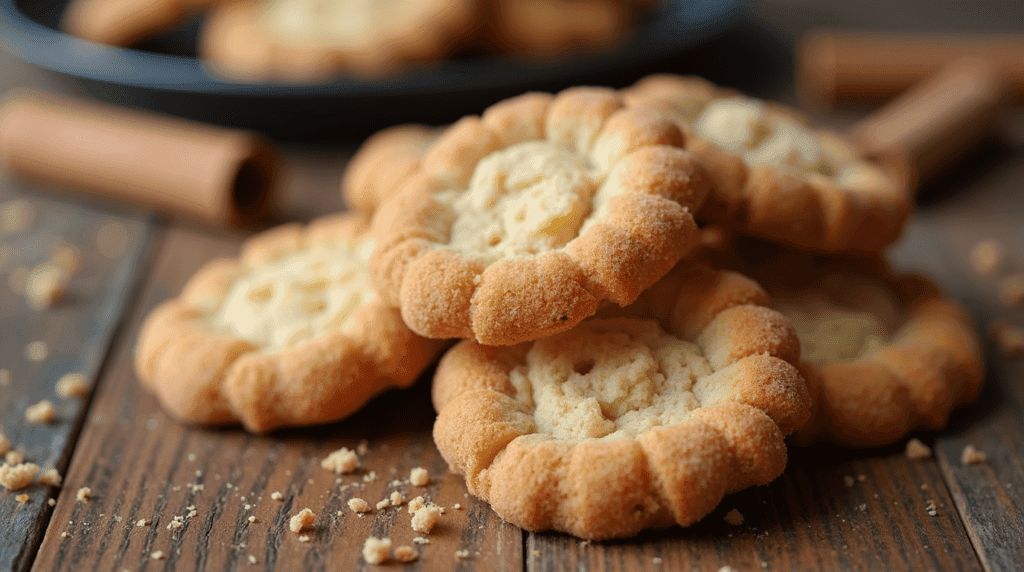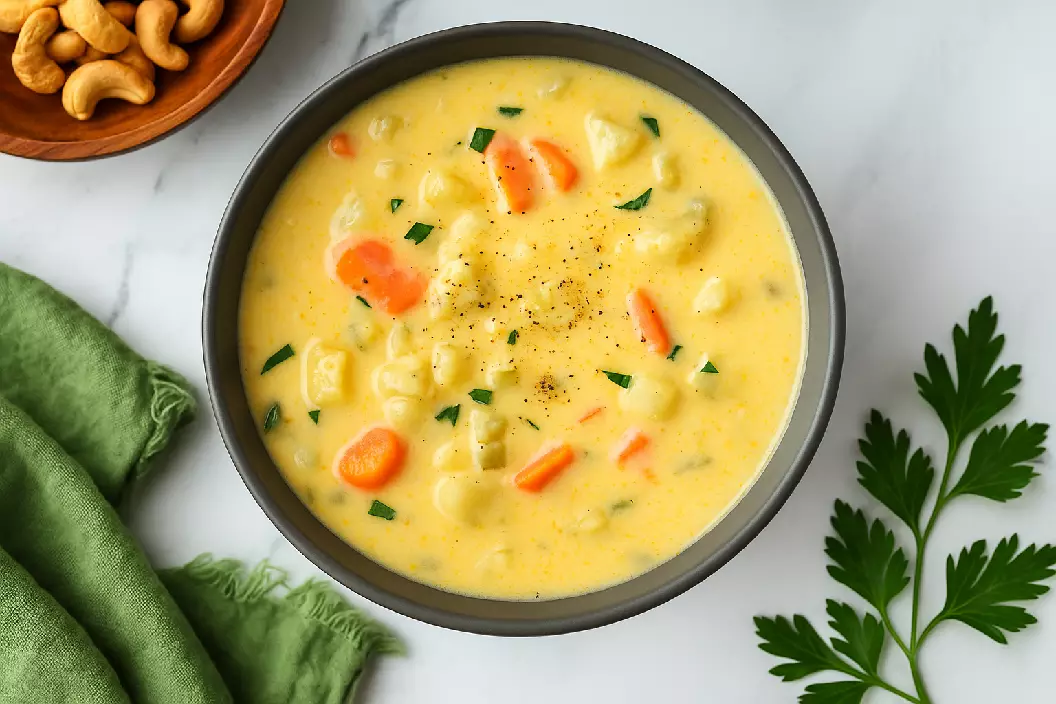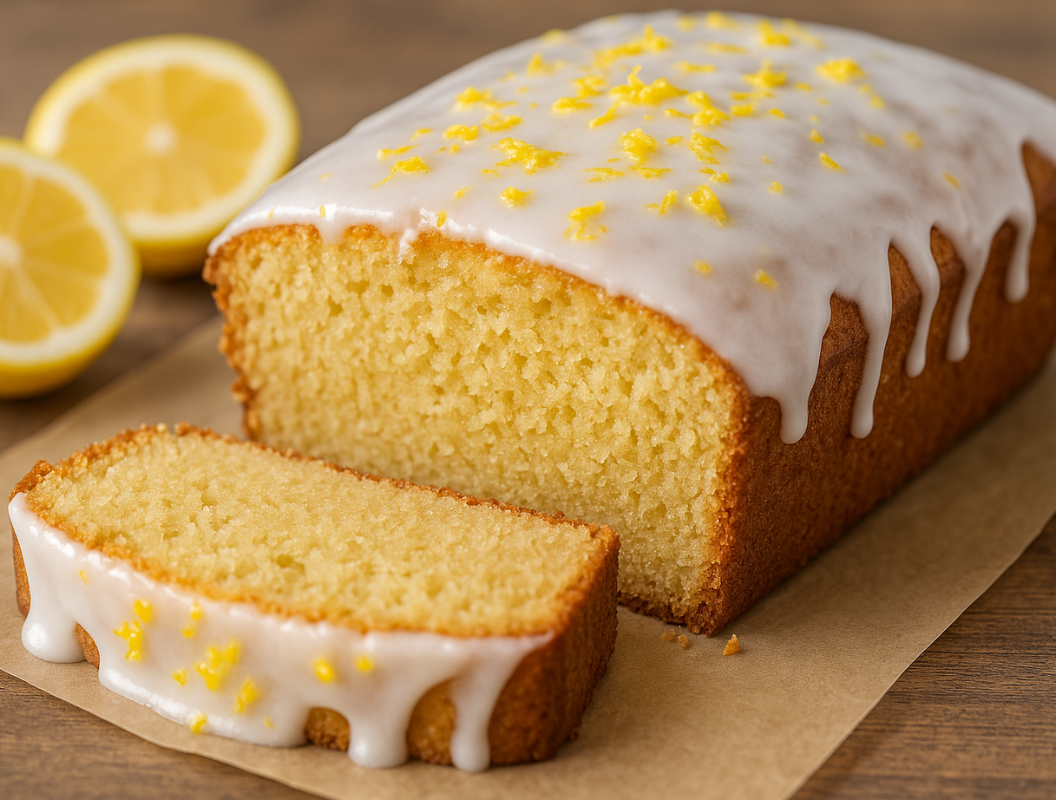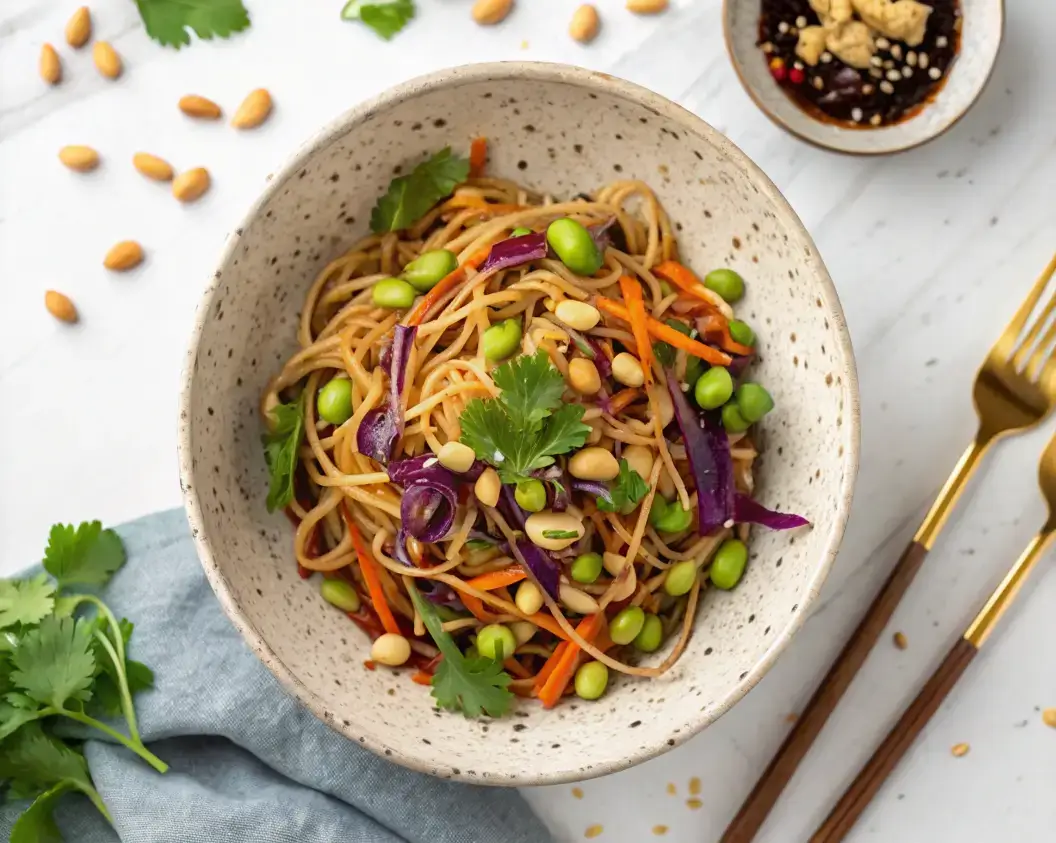Table of Contents
Have you ever craved the comforting aroma of freshly baked snickerdoodles, only to discover you’re missing a key ingredient? I’ve been there, and I know the disappointment of having to abandon your baking plans. But what if I told you that you could still make delicious snickerdoodles without cream of tartar?
That’s right! I’ve perfected a snickerdoodle recipe without cream of tartar that’s not only easy but also uses common pantry ingredients. 🍪
No need for last-minute grocery runs or complicated substitutions. Whether you’re a seasoned baker or just starting out, this recipe will have you enjoying soft, chewy, cinnamon-sugar coated cookies in no time. And the best part? They’re so good, you might not even miss the traditional version!
In this blog post, I’ll walk you through everything you need to know about making these irresistible treats. From understanding the role of cream of tartar and how we’ll replace it, to a step-by-step baking process and expert tips for perfect results every time. I’ll even share some exciting variations and answer common questions. So, let’s dive in and discover how to make snickerdoodles that’ll have everyone asking for seconds!
Understanding Snickerdoodles Without Cream of Tartar

A. Traditional vs. Modified Recipe
When it comes to snickerdoodles, I’ve found that the traditional recipe and the modified version without cream of tartar have some key differences. Here’s a quick comparison:
| Aspect | Traditional Recipe | Modified Recipe |
|---|---|---|
| Texture | Light and fluffy | Soft and chewy |
| Flavor | Slightly tangy | Sweet with cinnamon |
| Leavening | Cream of tartar + baking soda | Baking powder |
| Preparation | May require chilling | No chilling required |
In my experience, the traditional recipe relies on cream of tartar for its unique flavor and texture. However, I’ve discovered that the modified version can still produce delicious cookies with a few adjustments.
B. Benefits of Omitting Cream of Tartar
I’ve realized that skipping cream of tartar in snickerdoodle recipes comes with several advantages:
- Simplified ingredient list
- More accessible for home bakers
- Faster preparation time
- Adaptable to common pantry items
By omitting cream of tartar, I can whip up a batch of snickerdoodles in under 30 minutes without sacrificing taste or texture. This is especially helpful when I’m craving these cinnamon-sugar treats but don’t have all the traditional ingredients on hand.
C. Flavor Profile Changes
When I make snickerdoodles without cream of tartar, I’ve noticed some changes in the flavor profile:
- Less tanginess: The signature tartness is reduced
- Enhanced sweetness: The cinnamon-sugar coating becomes more prominent
- Subtle variations: Depending on the substitute used (e.g., lemon juice or vinegar), there might be slight flavor nuances
To compensate for the missing tangy flavor, I sometimes use lemon juice or white vinegar as a substitute. These alternatives provide a hint of acidity that mimics the traditional taste, although they don’t contribute to the cookie’s texture in the same way cream of tartar does.
Now that we’ve covered the differences between traditional and modified snickerdoodle recipes, let’s move on to the essential ingredients you’ll need to make these delicious cookies without cream of tartar.
Essential Ingredients
Now that we’ve covered the basics of snickerdoodles without cream of tartar, let’s dive into the essential ingredients that make these cookies irresistible. I’ll guide you through the key components that ensure your snickerdoodles turn out perfectly soft and chewy, even without the traditional cream of tartar.
A. Flour Selection
When it comes to flour, I always opt for all-purpose flour in my snickerdoodle recipe. It provides the right balance of protein content to create that ideal tender texture we’re after. Here’s a quick breakdown of flour options:
| Flour Type | Texture Result |
|---|---|
| All-purpose | Tender and balanced |
| Cake flour | Softer, more delicate |
| Bread flour | Chewier, denser |
B. Sugar Types
For that classic snickerdoodle sweetness, I use a combination of sugars:
- Granulated sugar: This is the main sweetener in the dough and part of the cinnamon-sugar coating.
- Brown sugar (optional): While not traditional, I sometimes add a touch of brown sugar for a richer flavor profile.
C. Butter Considerations
Butter is crucial for that melt-in-your-mouth quality. Here are my top tips:
- Use unsalted butter for better control over the salt content.
- Ensure the butter is at room temperature for easy creaming with sugar.
- For a dairy-free option, shortening can be used as a substitute, though it may affect the flavor slightly.
D. Egg Substitutes
Eggs play a vital role in binding the ingredients and adding moisture. For my recipe without cream of tartar:
- I use large eggs at room temperature for the best results.
- If you’re looking for an egg-free version, consider using a commercial egg replacer or a flax egg (1 tablespoon ground flaxseed mixed with 3 tablespoons water).
Remember, the quality of your ingredients can make a significant difference in the final product. I always recommend using fresh, high-quality components for the best-tasting snickerdoodles.
With these essential ingredients in mind, we’ll next explore the key replacement for cream of tartar that allows us to achieve that characteristic snickerdoodle tang without the traditional ingredient.
Key Replacement for Cream of Tartar
Now that we’ve covered the essential ingredients for our snickerdoodle cookies, let’s dive into the key replacements for cream of tartar. As an experienced baker, I’ve experimented with various substitutes to achieve that classic snickerdoodle taste and texture without relying on cream of tartar.
Baking Powder as a Substitute
Baking powder is my go-to substitute for cream of tartar in snickerdoodle recipes. Here’s why:
- It contains both cream of tartar and baking soda
- Provides the necessary leavening action
- Easy 2:1 substitution ratio
When using baking powder, I follow this simple rule: for every 1 teaspoon of cream of tartar and 1/2 teaspoon of baking soda in the original recipe, I replace them with 1 1/2 teaspoons of baking powder instead. This ensures my cookies rise properly and maintain their softness.
| Original Recipe | Baking Powder Substitute |
|---|---|
| 1 tsp cream of tartar + 1/2 tsp baking soda | 1 1/2 tsp baking powder |
However, it’s important to note that while baking powder helps with texture, it doesn’t provide the tangy flavor that cream of tartar does.
Lemon Juice Alternative
When I’m aiming for that signature tangy taste in my snickerdoodles, I turn to lemon juice. Here’s how I use it:
- Replace 1 teaspoon of cream of tartar with 1 teaspoon of lemon juice
- Ensure the recipe includes baking soda to prevent flat cookies
- Adjust other liquid ingredients if necessary
Lemon juice adds acidity and flavor, closely mimicking the role of cream of tartar. However, it won’t contribute to the rising or softness of the cookies on its own.
Vinegar Option
Another acidic alternative I’ve found effective is distilled white vinegar. I use it similarly to lemon juice:
- Use 1 teaspoon of vinegar as a substitute for 1 teaspoon of cream of tartar.
- Pair it with baking soda for proper leavening
- Be aware that it may result in slightly flatter cookies
While vinegar provides the necessary acidity, it doesn’t impart the same flavor profile as cream of tartar or lemon juice.
With these key replacements in mind, we’re now ready to move on to the step-by-step baking process. I’ll guide you through how to incorporate these substitutes effectively to create delicious snickerdoodles without cream of tartar.
Step-by-Step Baking Process

Now that we’ve covered the key replacement for cream of tartar, let’s dive into the step-by-step baking process for our delicious snickerdoodles without cream of tartar. I’ll guide you through each stage, ensuring you achieve those perfect, soft, and chewy cookies we all love.
A. Mixing Dry Ingredients
I always start by combining my dry ingredients. In a medium bowl, I whisk together:
- All-purpose flour
- Baking powder
- Baking soda
- Salt
This step ensures even distribution of leavening agents and prevents clumps in the final dough.
B. Creaming Butter and Sugar
Next, I move on to creaming the butter and sugar. This crucial step creates the foundation for our cookies’ texture:
- In a large bowl or stand mixer, I beat softened unsalted butter until creamy.
- I gradually add granulated sugar, continuing to beat until the mixture is light and fluffy.
- Then, I incorporate eggs one at a time, followed by vanilla extract, mixing well after each addition.
C. Combining Wet and Dry Mixtures
With my wet and dry ingredients prepared, it’s time to bring them together:
- I gradually add the dry mixture to the wet ingredients, mixing on low speed.
- I continue until a thick dough forms, being careful not to overmix.
D. Shaping the Cookies
Now comes the fun part – shaping our snickerdoodles:
- I preheat my oven to 375°F (190°C) and line baking sheets with parchment paper.
- Using a cookie scoop or my hands, I roll the dough into 1-inch balls.
E. Rolling in Cinnamon Sugar
The final touch before baking is the classic cinnamon-sugar coating:
| Ingredient | Amount |
|---|---|
| Granulated sugar | 1/4 cup |
| Ground cinnamon | 1 tablespoon |
- I mix the sugar and cinnamon in a small bowl.
- I roll each dough ball in the mixture, ensuring it’s evenly coated.
- I place the coated balls on the prepared baking sheets, spacing them about 2 inches apart.
- Using the palm of my hand or the bottom of a glass, I gently flatten each cookie slightly.
With our cookies ready for the oven, we’re almost done! I cook them in the oven for 10 to 14 minutes, until the edges turn golden, or until the edges are lightly golden. Remember, it’s crucial not to overbake these beauties to maintain that perfect soft and chewy texture we’re after.
Now that we’ve covered the step-by-step baking process, in the next section, I’ll share some essential baking tips to ensure your snickerdoodles turn out perfectly every time.
Baking Tips for Perfect Snickerdoodles

Now that we’ve covered the step-by-step baking process, let’s dive into some essential tips to ensure your snickerdoodles turn out perfectly every time.
A. Ideal Oven Temperature
I’ve found that the ideal oven temperature for baking snickerdoodles is 375°F (190°C). This temperature allows the cookies to spread evenly and develop that signature soft and chewy texture we all love. Here’s a quick breakdown of how temperature affects your cookies:
| Temperature | Result |
|---|---|
| Too low (<350°F) | Cookies spread too much and become flat |
| Just right (375°F) | Perfect spread and texture |
| Too high (>400°F) | Cookies brown too quickly and may burn |
B. Baking Time Recommendations
When it comes to baking time, I recommend 8-11 minutes for the perfect snickerdoodle. Here are my key tips:
- Start checking at 8 minutes for smaller cookies
- Larger cookies may need up to 14 minutes
- Remove cookies when the edges are set but the centers still look slightly undercooked
- Remember, they’ll continue to cook on the hot baking sheet after removal from the oven
C. Cooling and Storage Suggestions
Proper cooling and storage are crucial for maintaining that soft, chewy texture we’ve worked so hard to achieve. Here’s what I do:
- Let cookies cool on the baking sheet for 5 minutes after removing from the oven
- Transfer to a wire rack to cool completely
- Store in an airtight container at room temperature for up to a week
- For longer storage, freeze cooled cookies for up to 3 months
To keep your snickerdoodles fresh, consider these additional tips:
- Add a slice of bread to the storage container to maintain moisture
- Avoid storing with other types of cookies to prevent flavor mixing
- If freezing, separate layers with parchment paper to prevent sticking
With these baking tips in mind, you’re well on your way to creating the perfect batch of snickerdoodles. In the next section, we’ll explore some exciting variations and add-ins to take your snickerdoodles to the next level.
Variations and Add-ins

Now that we’ve covered the essential baking tips for perfect snickerdoodles, let’s explore some exciting variations and add-ins to elevate your classic snickerdoodle recipe without cream of tartar. These creative twists will add new dimensions of flavor and texture to your cookies, making them even more irresistible.
Chocolate Chip Snickerdoodles
For chocolate lovers, adding chocolate chips to your snickerdoodle dough is a game-changer. Here’s how I do it:
- Prepare the snickerdoodle dough as usual.
- Fold in 1/2 cup of chocolate chips before rolling the dough into balls.
- Roll the chocolate chip-studded dough balls in the cinnamon-sugar mixture.
- Bake as directed in the original recipe.
The combination of cinnamon and chocolate creates a delightful flavor profile that’s sure to please both snickerdoodle and chocolate chip cookie fans.
Nutty Additions
Adding nuts to your snickerdoodles can provide a delicious crunch and depth of flavor. Here are some options I’ve tried:
| Nut Variety | Amount to Add | Flavor Profile |
|---|---|---|
| Chopped pecans | 1/2 cup | Buttery and sweet |
| Crushed walnuts | 1/3 cup | Slightly bitter, earthy |
| Sliced almonds | 1/4 cup | Mild, nutty |
Simply mix your chosen nuts into the dough before rolling and coating in cinnamon sugar. Remember, a little goes a long way – you don’t want to overpower the classic snickerdoodle flavor.
Spice Blend Alternatives
While cinnamon is the traditional spice for snickerdoodles, experimenting with different spice blends can create unique and exciting flavor variations. Here are some of my favorite alternatives:
- Pumpkin Spice: Replace the cinnamon in the sugar coating with a blend of cinnamon, ginger, nutmeg, and allspice for a fall-inspired treat.
- Ginger Spice: Add a teaspoon of ground ginger to the dough and use a mixture of cinnamon and ginger for the coating.
- Chai Spice: Create a blend of cinnamon, cardamom, ginger, and a pinch of black pepper for an aromatic twist.
When using these spice alternatives, I always make sure to adjust the amounts to taste, as some spices can be more potent than others.
By incorporating these variations and add-ins, you can create a whole new array of snickerdoodle flavors without straying too far from the original recipe. Remember, the key is to maintain the soft and chewy texture that makes snickerdoodles so beloved.
With these creative options in mind, let’s move on to addressing some frequently asked questions about making snickerdoodles without cream of tartar.
FAQ
Can I make snickerdoodles without cream of tartar?
Absolutely! I’ve crafted this recipe specifically to make delicious snickerdoodles without cream of tartar. By using baking powder as a substitute, you can achieve that classic snickerdoodle taste and texture.
How long do these snickerdoodles stay fresh?
When stored properly in an airtight container at room temperature, these snickerdoodles will stay fresh for up to 5 days. Here’s a quick guide to cookie storage:
| Storage Method | Freshness Duration |
|---|---|
| Room Temperature | 5 days |
| Refrigerator | 1-2 weeks |
| Freezer | 2-3 months |
Can I freeze the cookie dough?
Yes, you can! I often freeze my snickerdoodle dough for later use. Here’s how:
- Roll the dough into balls
- Place on a baking sheet and freeze for 1 hour
- Transfer to a freezer bag
- Store for up to 3 months
When ready to bake, thaw in the refrigerator overnight and roll in cinnamon sugar before baking.
Why are my snickerdoodles flat?
If your cookies are turning out flat, try these tips:
- Chill the dough for at least 30 minutes before baking
- Ensure your butter isn’t too soft
- Check that your baking powder is fresh
- Avoid overmixing the dough
Can I add other flavors to this recipe?
Definitely! While classic snickerdoodles are rolled in cinnamon sugar, you can experiment with other flavors. Try adding:
- Nutmeg or pumpkin pie spice to the cinnamon sugar mixture
- Chocolate chips to the dough
- Lemon or orange zest for a citrusy twist
Now that you have all the information you need to make delicious snickerdoodles without cream of tartar, it’s time to get baking! I’ve shared my tried-and-true recipe, complete with essential ingredients, step-by-step instructions, and helpful tips to ensure your cookies turn out perfectly chewy and flavorful. Remember, the key to success lies in using baking powder as a substitute for cream of tartar and following the mixing and baking process carefully.
Don’t be afraid to experiment with variations and add-ins to make these snickerdoodles your own. Whether you’re baking for a holiday gathering or simply craving a sweet treat, these cookies are sure to impress. I hope you’ll give this recipe a try and experience the joy of biting into a warm, cinnamon-sugar coated snickerdoodle. Happy baking, and don’t forget to share your creations with me in the comments below!
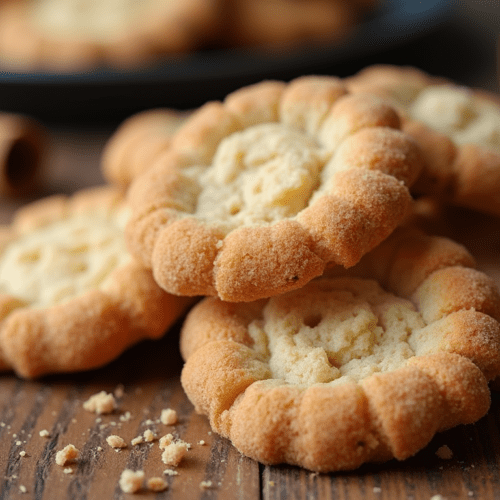
Snickerdoodle Recipe Without Cream of Tartar
Ingredients
- 3/4 cups All-purpose flour
- 1/2 teaspoons Baking powder
- 1/2 teaspoon Baking soda
- 1/2 teaspoon Salt
- 1 cup Unsalted butter softened
- 1 1/2 cups Granulated sugar plus 1/4 cup for coating
- 2 Large eggs
- 1 teaspoon Vanilla extract
- 1 tablespoon Ground cinnamon for coating
Instructions
- Preheat oven to 375°F (190°C). Line baking sheets with parchment paper.
- In a medium bowl, whisk together flour, baking powder, baking soda, and salt.
- In a large bowl, cream butter and 1 1/2 cups sugar until light and fluffy.
- Beat in eggs one at a time, then stir in vanilla extract.
- Gradually mix dry ingredients into wet ingredients until dough forms.
- Combine remaining sugar (1/4 cup) and cinnamon in a small bowl.
- Roll dough into 1-inch balls, coat in cinnamon-sugar mixture, and flatten slightly on the baking sheet.
- Bake for 10-14 minutes until edges are golden. Cool on a wire rack.
Notes
- Substitute lemon juice or white vinegar for tangy flavor if desired.
- For variations, add chocolate chips or experiment with spices like pumpkin spice or chai.
Rate this recipe and share your results!
There are no reviews yet. Be the first one to write one.

